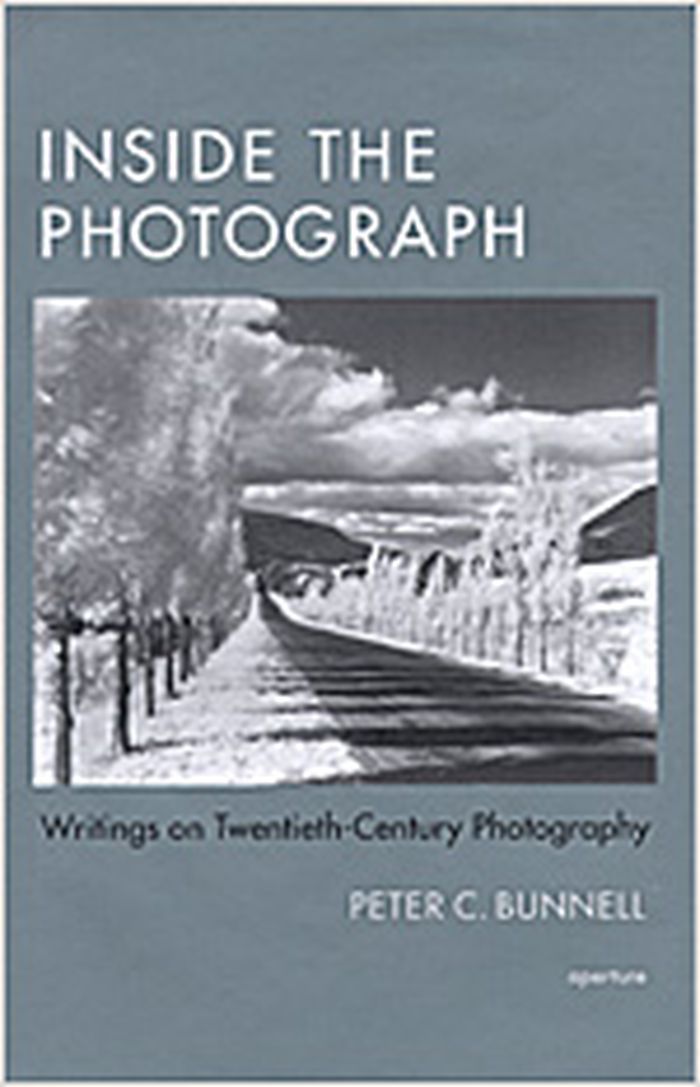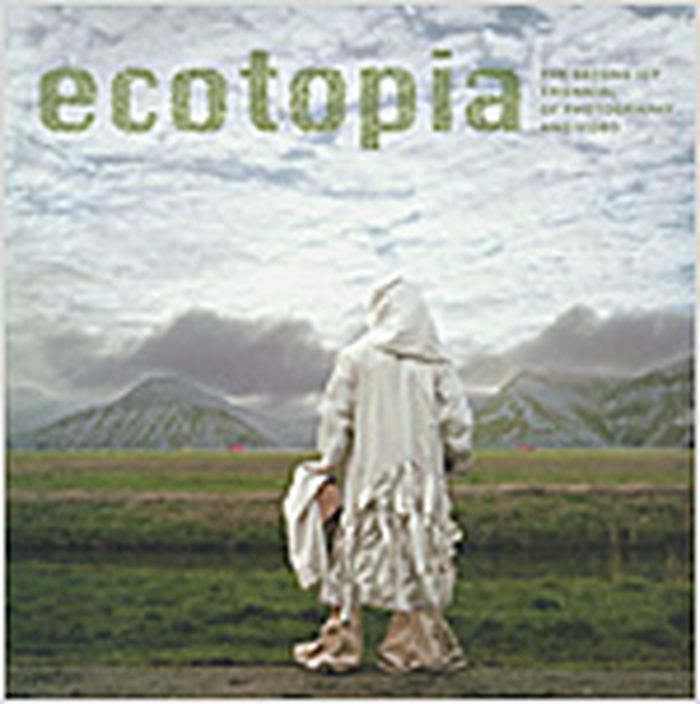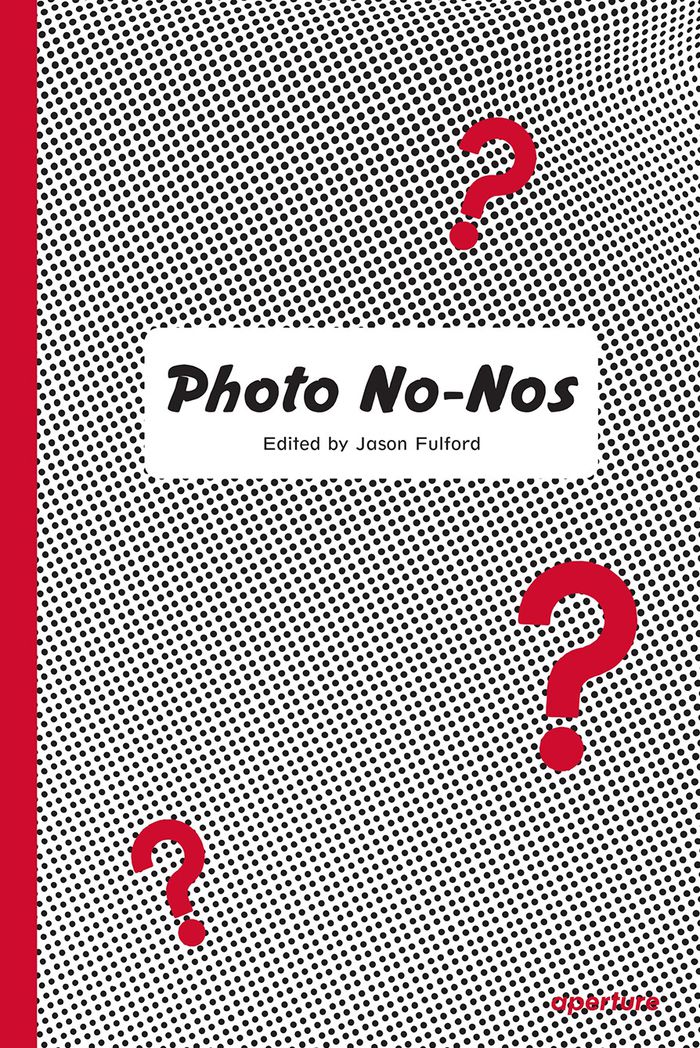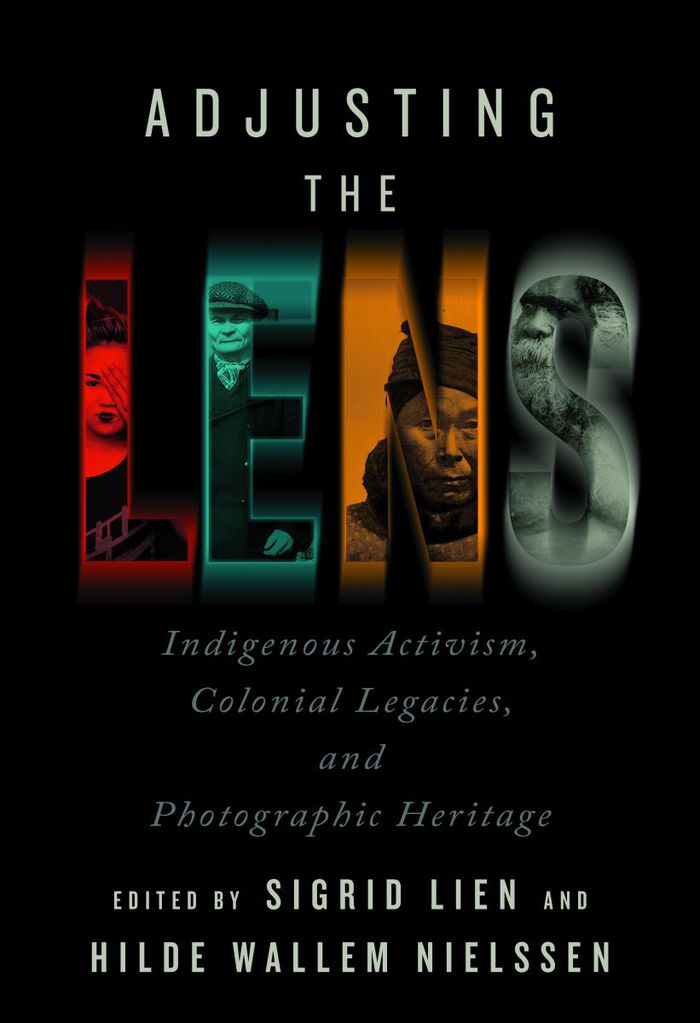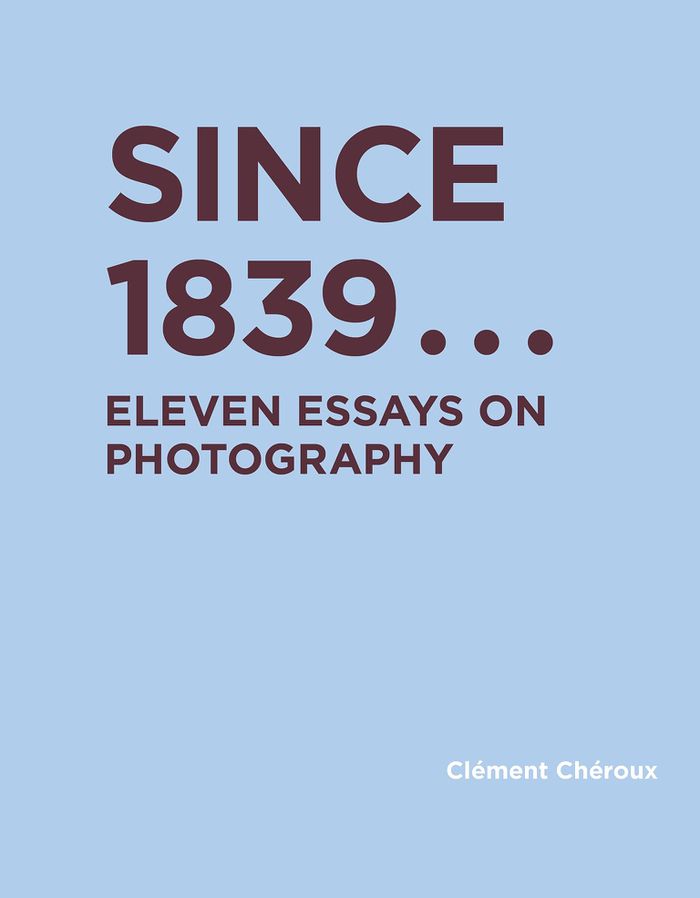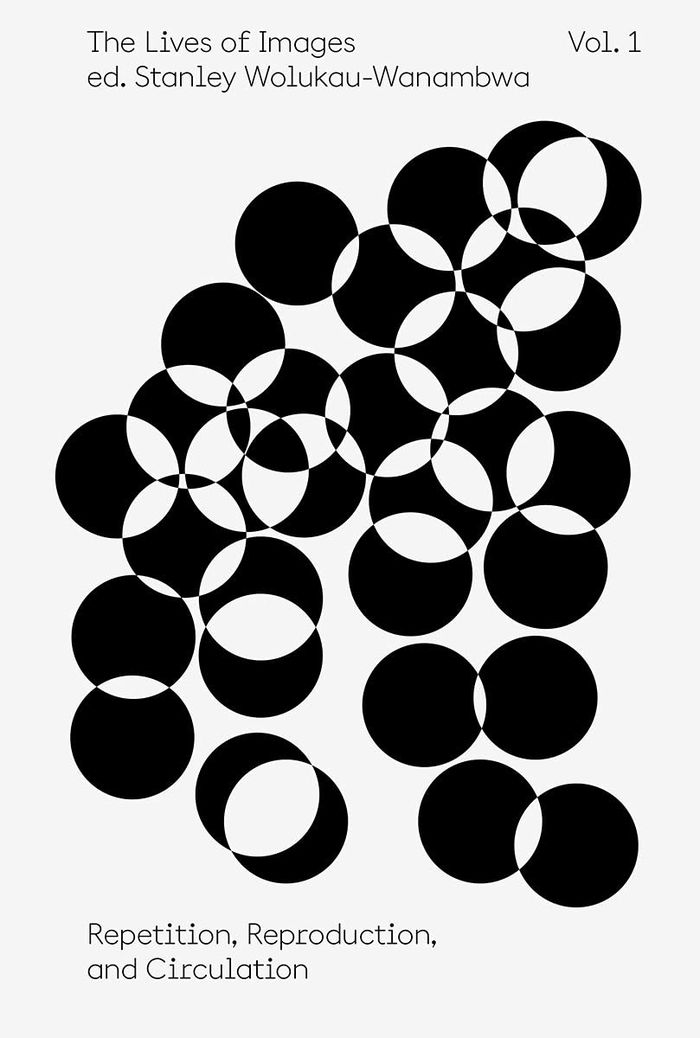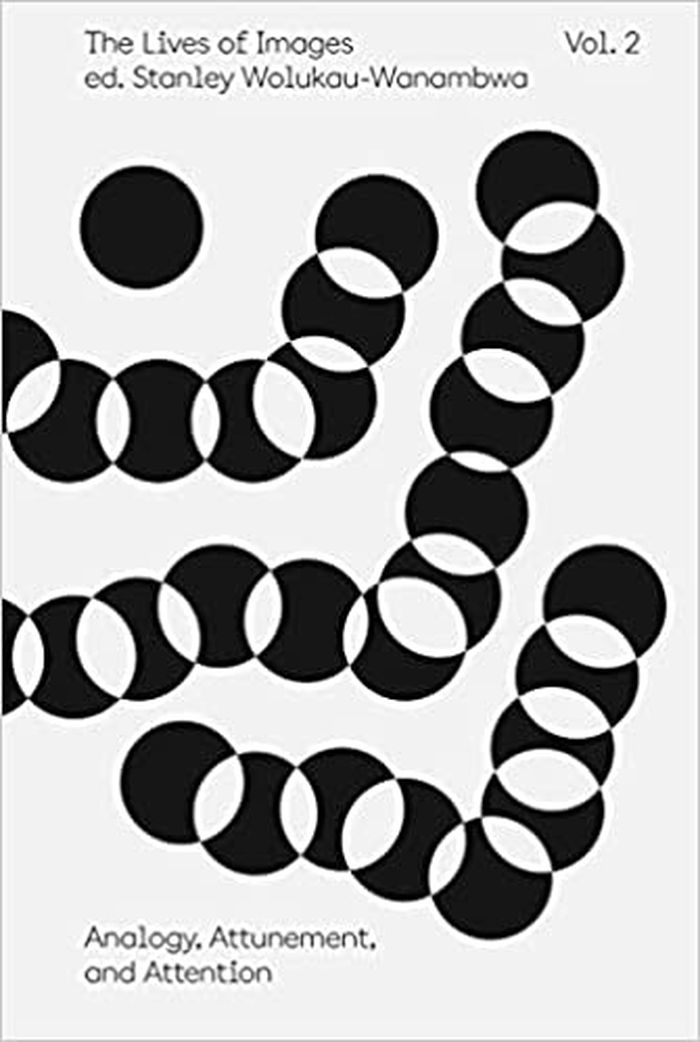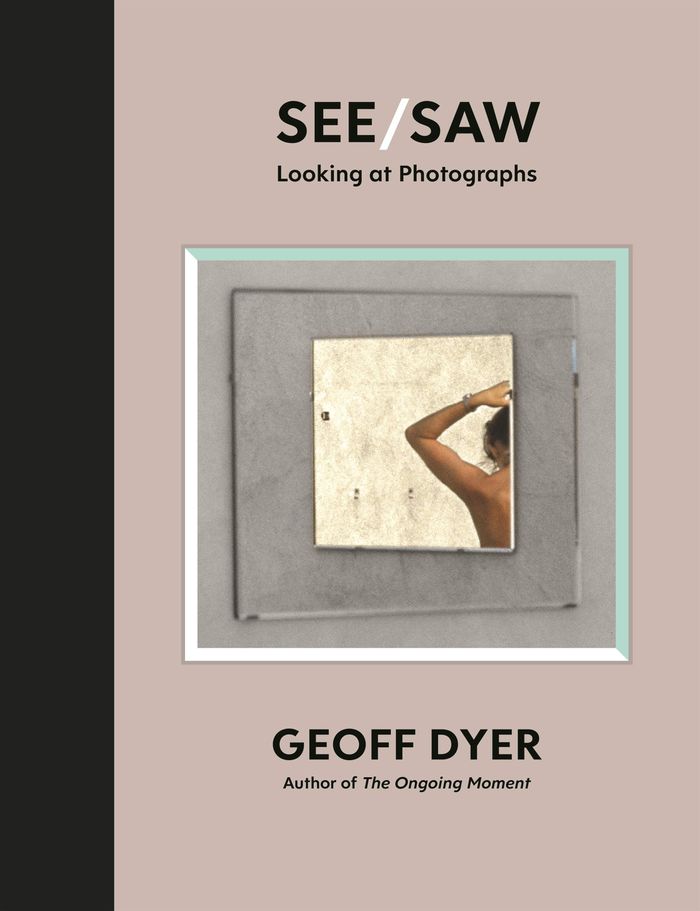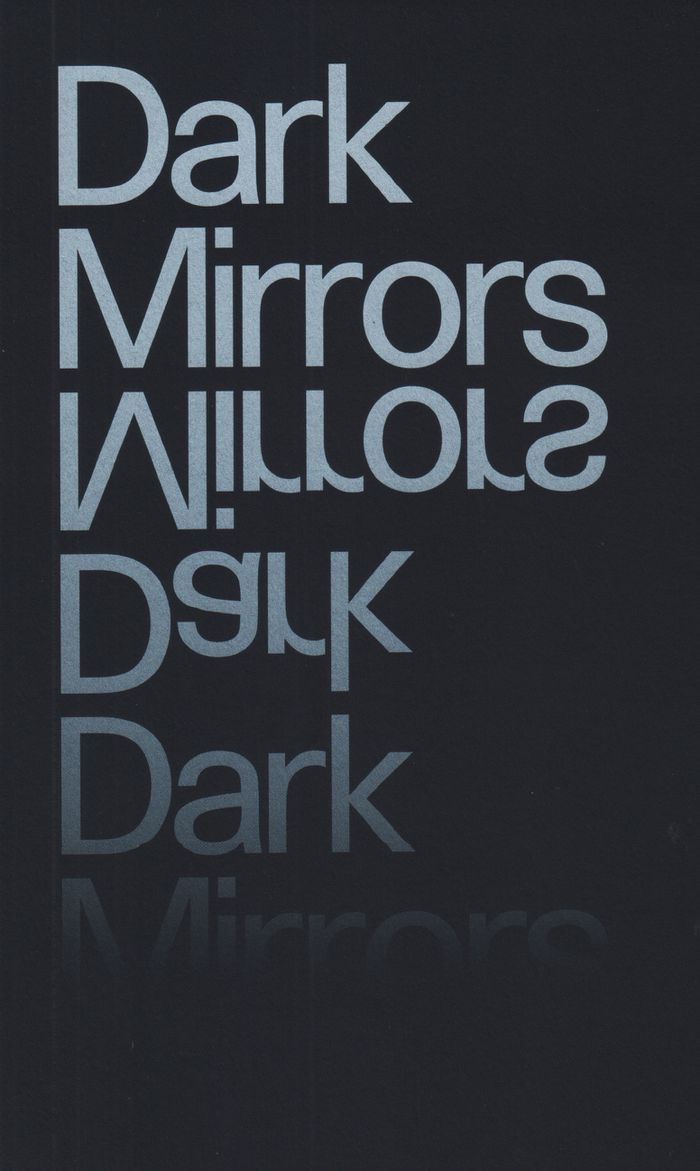Art Photography
$42.00
(available to order)
Summary:
This survey presents the work of seventy-six of the most important artist-photographers in the world today. Susan Bright has organized the book into seven sections : City, Portrait, Document, Object, Landscape, Fashion, and Narrative. Each section explores the diverse subjects, styles, and methods adopted by artists. Introductions to each section outline the genres and(...)
Art Photography
Actions:
Price:
$42.00
(available to order)
Summary:
This survey presents the work of seventy-six of the most important artist-photographers in the world today. Susan Bright has organized the book into seven sections : City, Portrait, Document, Object, Landscape, Fashion, and Narrative. Each section explores the diverse subjects, styles, and methods adopted by artists. Introductions to each section outline the genres and consider why photographers are attracted to certain themes and how issues like memory, time, objectivity, politics, identity, and the everyday are tied to certain approaches. Each photographer’s work is then presented in sequence, with commentaries by the author highlighting the art’s most important aspects. Quotations from the artists appear alongside to offer valuable insights into the motivation, inspiration, and intentions behind the work. With an introduction that sets out the historical relationship between art and photography from the early nineteenth century and discusses the art world’s embrace of the medium in recent decades, Art Photography Now is a comprehensive guide to the essential aspects of contemporary photography.
Theory of Photography
$36.00
(available to order)
Summary:
Peter C. Bunnell has been a major force in shaping the discourse about photography’s past and present. During his as professor and curator at Princeton University, he has written extensively. This collection of texts selected from work published throughout his career will make a significant contribution to the field that he has done so much to establish and to nurture.(...)
Inside the photograph : writings on twentieth-century photography
Actions:
Price:
$36.00
(available to order)
Summary:
Peter C. Bunnell has been a major force in shaping the discourse about photography’s past and present. During his as professor and curator at Princeton University, he has written extensively. This collection of texts selected from work published throughout his career will make a significant contribution to the field that he has done so much to establish and to nurture. Most of the thirty-four essays are devoted to individual (predominantly American) photographers, with the balance written about three key galleries that played a crucial early role in the recognition and marketing of modern photography. The cast of characters and the approach vary from essay to essay, but in each case Bunnell brings to bear his own sensibility and insight. While encouraging the reader to see previously overlooked aspects of the individual images he discusses so eloquently, he also provides an invaluable historical context for the photographers and their work.
Theory of Photography
$56.50
(available to order)
Summary:
In a time of rampant natural disasters and urgent concerns about global environmental change, this exhibition demonstrates the ways in which the most interesting and engaging contemporary artists view the natural world. Shattering the stereotypes of landscape and nature photography, the thirty-nine international artists included in this survey boldly examine new concepts(...)
Ecotopia : the second ICP trennial of photography and video
Actions:
Price:
$56.50
(available to order)
Summary:
In a time of rampant natural disasters and urgent concerns about global environmental change, this exhibition demonstrates the ways in which the most interesting and engaging contemporary artists view the natural world. Shattering the stereotypes of landscape and nature photography, the thirty-nine international artists included in this survey boldly examine new concepts of the natural sphere occasioned by twenty-first-century technologies; images of destructive ecological engagement; and visions of our future interactions with the environment. Considering nature in the broadest sense, this exhibition reflects new perspectives on the planet that sustains, enchants, and—increasingly—frightens us.
Theory of Photography
Photo No-nos
$29.95
(available to order)
Summary:
At turns humorous and absurd, heartfelt and searching, 'Photo No-Nos' is for photographers of all levels wishing to avoid easy metaphors and to sharpen their visual communication skills. Photographers often have unwritten lists of subjects they tell themselves not to shoot — things that are cliché, exploitative, derivative, sometimes even arbitrary. 'Photo No-Nos'(...)
Photo No-nos
Actions:
Price:
$29.95
(available to order)
Summary:
At turns humorous and absurd, heartfelt and searching, 'Photo No-Nos' is for photographers of all levels wishing to avoid easy metaphors and to sharpen their visual communication skills. Photographers often have unwritten lists of subjects they tell themselves not to shoot — things that are cliché, exploitative, derivative, sometimes even arbitrary. 'Photo No-Nos' features ideas, stories, and anecdotes from many of the world’s most talented photographers and photography professionals, along with an encyclopedic list of more than a thousand taboo subjects compiled from and with pictures by contributors. Not a strict guide, but a series of meditations on 'bad' pictures, 'Photo No-Nos' covers a wide range of topics, from sunsets and roses to issues of colonialism, stereotypes, and social responsibility.
Theory of Photography
$45.00
(available to order)
Summary:
''Adjusting the lens'' explores the role of photography in contemporary renegotiations of the past and in Indigenous art activism. In moving and powerful case studies, contributors analyze photographic practices and heritage related to Indigenous communities in Canada, Australia, Greenland, Norway, Sweden, Finland, and the United States. In the process, they call(...)
Adjusting the lens: indigenous activism, colonial legacies, and photographic heritage
Actions:
Price:
$45.00
(available to order)
Summary:
''Adjusting the lens'' explores the role of photography in contemporary renegotiations of the past and in Indigenous art activism. In moving and powerful case studies, contributors analyze photographic practices and heritage related to Indigenous communities in Canada, Australia, Greenland, Norway, Sweden, Finland, and the United States. In the process, they call attention to how Indigenous people are using old photographs in new ways to empower themselves, revitalize community identity, and decolonize the colonial record. ''Adjusting the lens'' presents original research in this emerging field in Indigenous photography studies, juxtaposing the historical and the contemporary across a range of geographically and culturally distinctive contexts. The transnational perspective of this exciting collection challenges old ways of thinking and meaningfully advances the crucially important project of reclamation.
Theory of Photography
$45.95
(available to order)
Summary:
''Since 1839...'' offers a selection of essays by the renowned photography historian Clément Chéroux. Appointed Joel and Anne Ehrenkranz Chief Curator of Photography at the Museum of Modern Art (MoMA) in New York in 2020,Chéroux takes on a variety of topics, from the history of vernacular photography to the influence of documentary photography on Surrealism. These texts,(...)
Since 1839...: Eleven essays on photography
Actions:
Price:
$45.95
(available to order)
Summary:
''Since 1839...'' offers a selection of essays by the renowned photography historian Clément Chéroux. Appointed Joel and Anne Ehrenkranz Chief Curator of Photography at the Museum of Modern Art (MoMA) in New York in 2020,Chéroux takes on a variety of topics, from the history of vernacular photography to the influence of documentary photography on Surrealism. These texts, newly translated into English and published together in one volume for the first time, reflect the breadth of Chéroux’s thinking, the rigor of his approach, and his endless curiosity about photographs. In this volume, Chéroux presents unique case studies and untold stories. He discusses ways of sharing images, from the nineteenth century to the digital age; considers the utopian ideals of early photography; and analyzes the duality of amateur photography. Among other things, he describes the appeal of photographs snapped from a speeding train and explains historical value of first-generation prints of photographs. Through an analysis of key photographs taken on 9/11, Chéroux shows that the same six images were seen again and again in the press. Widely ranging, erudite, and engaging, these essays present Chéroux's innovative investigations of the histories of photography.
Theory of Photography
$34.00
(available to order)
Summary:
''The lives of images,'' edited by Stanley Wolukau-Wanambwa, is a set of contemporary thematic readers designed for educators, students, practicing photographers, and others interested in the ways images function within a wider set of cultural practices. The series tracks the many movements and 'lives' of images—their tendency to accumulate, circulate, and transform(...)
Theory of Photography
September 2021
The lives of images, vol. 1 : repetition, reproduction and circulation
Actions:
Price:
$34.00
(available to order)
Summary:
''The lives of images,'' edited by Stanley Wolukau-Wanambwa, is a set of contemporary thematic readers designed for educators, students, practicing photographers, and others interested in the ways images function within a wider set of cultural practices. The series tracks the many movements and 'lives' of images—their tendency to accumulate, circulate, and transform through different geographies, cultures, processes, institutions, states, uses, and times. Volume 1 of the series, ''Repetition, reproduction, and circulation,'' addresses the multiple life cycles of the image—its modes of dispersion, reception, consumption, and aggregation—and the significance of technological reproduction for contemporary forms of social, cultural, and political life. The image is considered as both a tool for liberation and a means of repression within the evolving structures of modern life. The essays consider the implications of the nature and effect of the reproducible image on the categories, shapes, and aims of contemporary art and society. Further grounded by two interviews with practitioners in the field, ''Repetition, reproduction, and circulation'' promises to be an accessible, rigorous, and timely resource for all students, educators, and practitioners of photography.
Theory of Photography
$34.00
(available to order)
Summary:
This volume addresses the complex relationships that the reproducible image creates with its viewers, their bodies, their minds, and their sense of the physical and metaphysical world. The selection addresses the image’s role in the social constitution of individual and collective identity, in social practices of resistance to the structural violences of racism, or in(...)
Theory of Photography
October 2021
The lives of images, vol. 2 : analogy, attunement and attention
Actions:
Price:
$34.00
(available to order)
Summary:
This volume addresses the complex relationships that the reproducible image creates with its viewers, their bodies, their minds, and their sense of the physical and metaphysical world. The selection addresses the image’s role in the social constitution of individual and collective identity, in social practices of resistance to the structural violences of racism, or in relation to state exercises of power. Of particular importance in this volume are questions of our changing relationship to space and to selfhood as mediated by the image and by the many networked technologies and norms built around it. Essays in the volume ask: what modes of attention are required of us as viewers and agents of image circulation? The question of how image technologies provide us with an array of freedoms is here combined with and read against the many ways images are deployed to reorient, repress, or reduce our field of vision—thus affecting our capacity to see and to act in social space.
Theory of Photography
$48.95
(available to order)
Summary:
ee/Saw is an illuminating history of how photographs frame and change our perspectives. Starting from single images by the world's most important photographers - from Eugène Atget to Alex Webb - Geoff Dyer shows us how to read a photograph, as he takes us through a series of close readings that are by turns moving, funny, prescient and surprising. Following Dyer's(...)
See/saw: Looking at photographs
Actions:
Price:
$48.95
(available to order)
Summary:
ee/Saw is an illuminating history of how photographs frame and change our perspectives. Starting from single images by the world's most important photographers - from Eugène Atget to Alex Webb - Geoff Dyer shows us how to read a photograph, as he takes us through a series of close readings that are by turns moving, funny, prescient and surprising. Following Dyer's previous books on photography, ''The ongoing moment'' and ''The street philosophy of Garry Winogrand,'' ''See/saw'' brilliantly combines visual scrutiny and stylistic flair. It shows us how a photograph can simultaneously record and invent the world, and reveals a master seer at work. In the spirit of the intellectual curiosity of Berger, Sontag and Didion, Geoff Dyer helps us to see the world around us, and within us, afresh.
Theory of Photography
Dark mirrors
$50.00
(available in store)
Summary:
''Dark mirrors'' assembles sixteen essays by photographer and critic Stanley Wolukau-Wanambwa focusing on contemporary fine art photographic and video practices that are principally, though not exclusively, rooted in the United States, written between 2015 and 2021. Wolukau-Wanambwa analyses the image’s relationship to the urgent and complex questions that define our era,(...)
Dark mirrors
Actions:
Price:
$50.00
(available in store)
Summary:
''Dark mirrors'' assembles sixteen essays by photographer and critic Stanley Wolukau-Wanambwa focusing on contemporary fine art photographic and video practices that are principally, though not exclusively, rooted in the United States, written between 2015 and 2021. Wolukau-Wanambwa analyses the image’s relationship to the urgent and complex questions that define our era, through the lens of artistic practices and works which insightfully engage with the ongoing contemporaneity of disparate histories and the ever-changing status of the visual in social life. The book sets out an argument that one of the most dynamic sites of artistic invention in photographic practice over the past decade has been the photographic book, and thus many of the essays in the volume assess artistic works as they are bodied forth in that form. Among the recurrent themes that emerge from these rigorous, probing essays are the complex interrelationship of anti-blackness and visuality, the fragility and complexity of embodied difference in portraiture, the potency of verbal and visual media as social forms, and the politics of attention.
Theory of Photography

